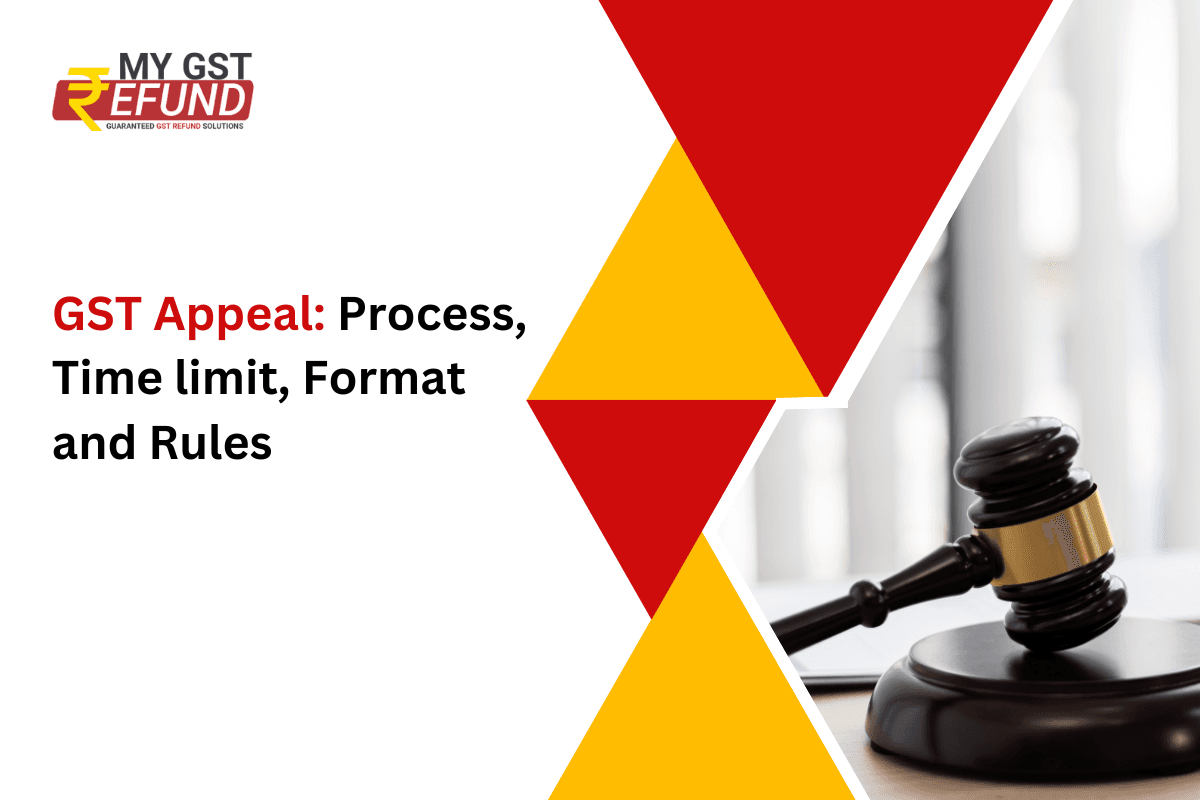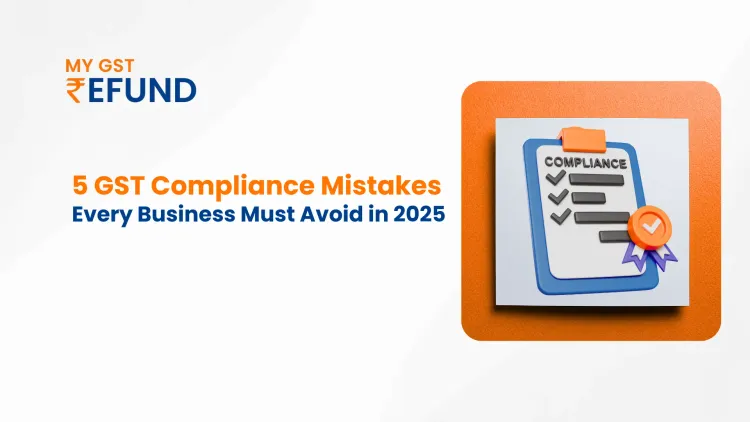GST Appeal: Process, Time limit, Format and Rules
Published on: Tue Jan 16 2024
Bio (Reveal/Hide)

The Goods and Services Tax (GST) has revolutionized India's indirect tax landscape. However, with any complex system, disputes and disagreements are bound to arise. To address these concerns, the GST framework provides a robust appeal mechanism, ensuring taxpayer rights and fostering a fair and transparent tax environment. This article delves into the intricacies of GST appeals, dissecting the process, timelines, rules, and format, empowering taxpayers with vital knowledge.
Understanding the Appealable Matters
Not all GST-related grievances qualify for an appeal. Appealable matters primarily involve disputed tax assessments, penalty or interest impositions, refund denials, and information technology-related issues. Understanding the scope of appealability is crucial before initiating the process.
Time Limits
Strict timelines govern each stage of the appeal process. For instance, appeals against assessments must be filed within 60 days from the order issuance date. The appellate authority can condone delays of up to one month on valid grounds, but prompt action is key to avoid dismissal. Here's a quick snapshot of key time limits:
Assistant/Joint Commissioner: 60 days
Deputy Commissioner (Appeals): 60 days from order of Assistant/Joint Commissioner
Tribunal: 3 months from order of Deputy Commissioner (Appeals)
Supreme Court: No timeline specified, but early filing is preferable
Essential Rules
The GST appeal process adheres to specific procedural guidelines. You must file appeals in the prescribed format (Form GST APL-01 or APL-05), attaching relevant documents and making necessary fee payments. Failure to comply with these formalities can lead to rejection of your appeal. Remember:
Follow the correct format for each level of appeal.
Include all supporting documents, such as copies of the disputed order and relevant invoices.
Pay the requisite fees at the designated online portal or authorized bank.
GST Appeal Format
The format of a GST appeal depends on the specific level of appeal you are filing, but generally follows a similar structure across all levels. A comprehensive overview of the fundamental concepts:
Header
Appellant details:
GSTIN or Temporary ID/UIN
Legal name and trade name (if any)
Address
Respondent details
Designation and address of the officer passing the disputed order
Appeal details
Order number and date
Description of the order (e.g., assessment order, penalty order)
Whether appeal is being filed after the prescribed period (if yes, reasons for delay)
Grounds for appeal
Clearly state the specific points of objection to the disputed order.
Explain how the order is incorrect or unfair, referencing relevant provisions of the CGST Act and CGST Rules.
Provide supporting arguments and evidence, such as relevant documentation or case law.
Relief sought
Clearly state the specific outcome you are seeking from the appellate authority.
This could be quashing the disputed order, modifying it, or obtaining a refund.
Verification
Sign and declare that the information provided is true and correct to the best of your knowledge.
Attachment
Include copies of the disputed order, relevant invoices, and any other supporting documents.
Additional notes
Use the prescribed format for each level of appeal (Form GST APL-01 or APL-05).
Ensure your appeal is written concisely and logically.Seek professional guidance from a tax advisor or lawyer specializing in GST for assistance with preparing a strong appeal.
FAQs
Who can file an appeal?
Any taxpayer aggrieved by a GST order, including registered and unregistered persons.
What are the fees for filing an appeal?
Fees vary depending on the appeal level and dispute value. You can find specific details on the GST portal.
Can I withdraw an appeal?
Yes, you can withdraw an appeal before the final order is issued by the appellate authority.
Related Posts






